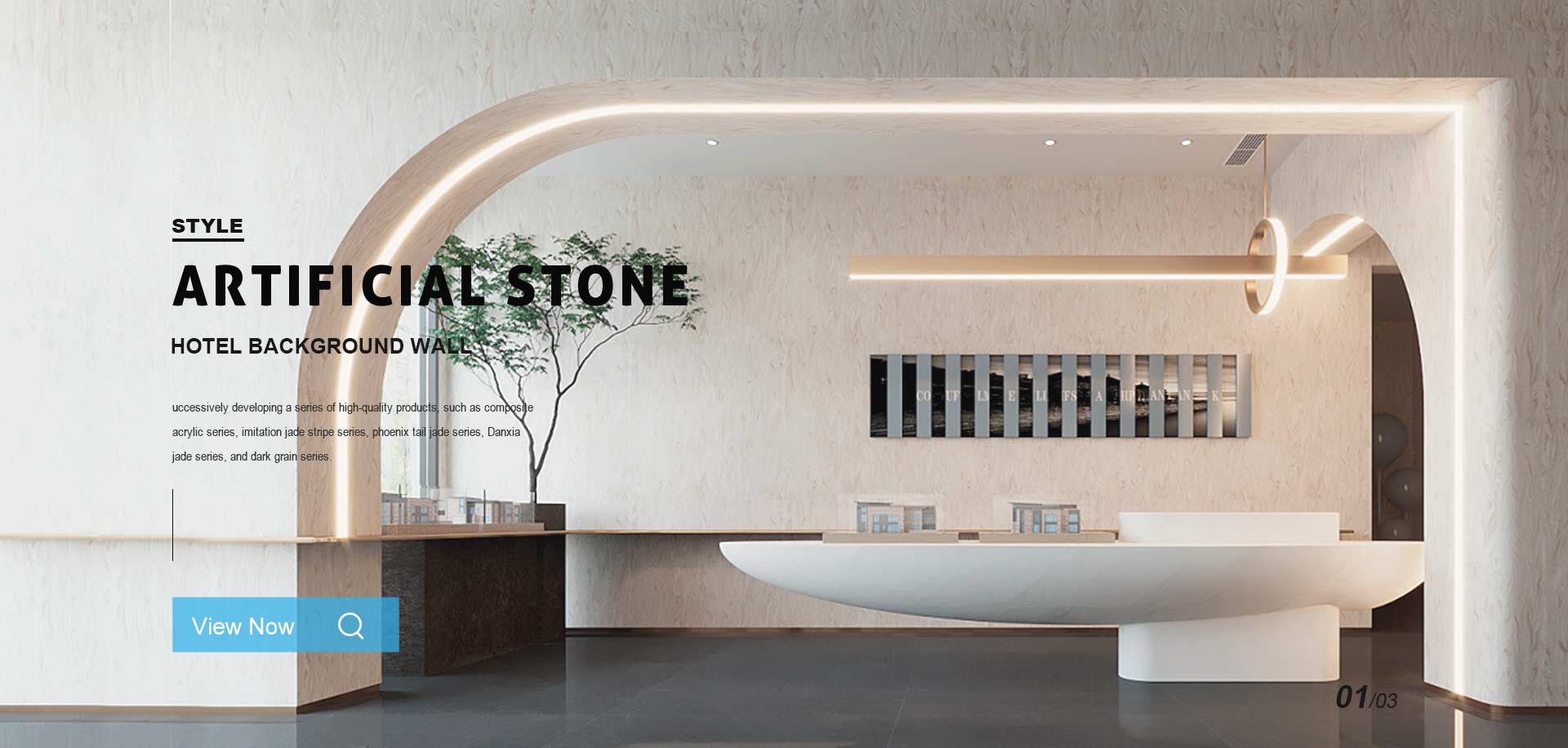With the continuous evolution of home decorating style, people for the choice of home furniture more and more tend to have both aesthetic and practical products. Imitation stone dining table, as a kind of stone can present both beauty and excellent performance of the furniture, in recent years by more and more consumers favor.
The advantages of imitation stone dining tableAestheticsImitation stone dining table can imitate the texture and pattern of natural stone, with the beautiful appearance of natural stone. With a variety of colors and textures to choose from, it can easily match different home styles and enhance the overall space.Highly durableFaux stone dining tables are usually made of polymer composite materials that are highly durable. They are not only resistant to wear and scratch, but also resistant to high temperature and corrosion, which is perfect for daily use.Lightweight and easy to moveCompared to natural stone, stone-like materials are much lighter and easier to move and install. A stone dining table is an ideal choice for families who often need to rearrange their home space.AffordableNatural stone is expensive, while imitation stone dining table price is relatively affordable, can meet the budget needs of more consumers, while providing a similar visual effect and use of feeling.
Imitation stone dining table material characteristicsResin imitation stoneResin imitation stone material is made of polymer resin and stone powder mixed, after mold moldin





